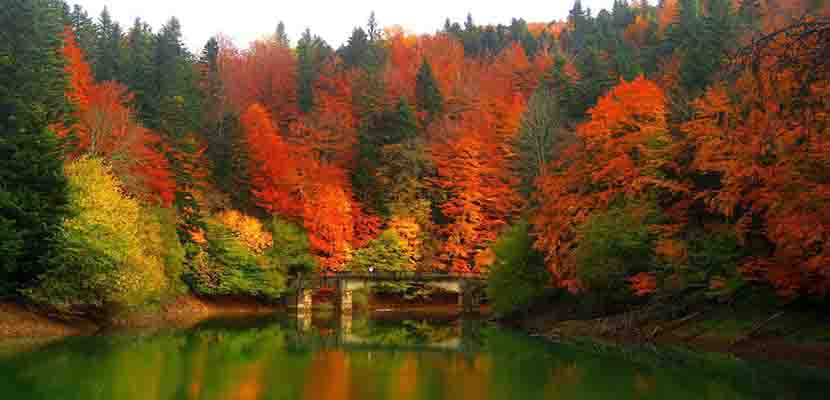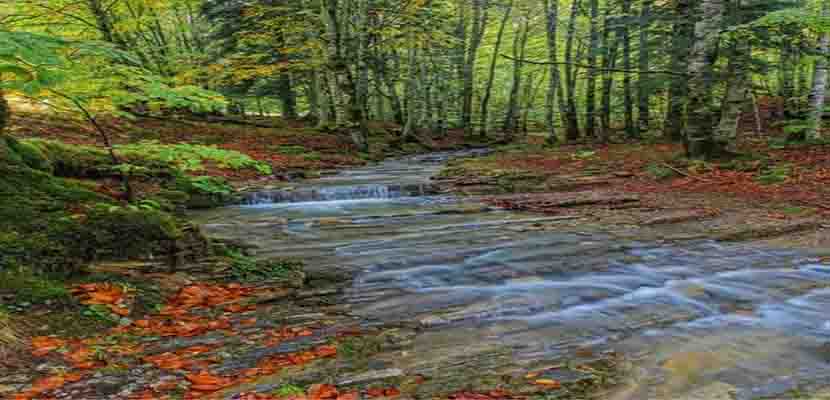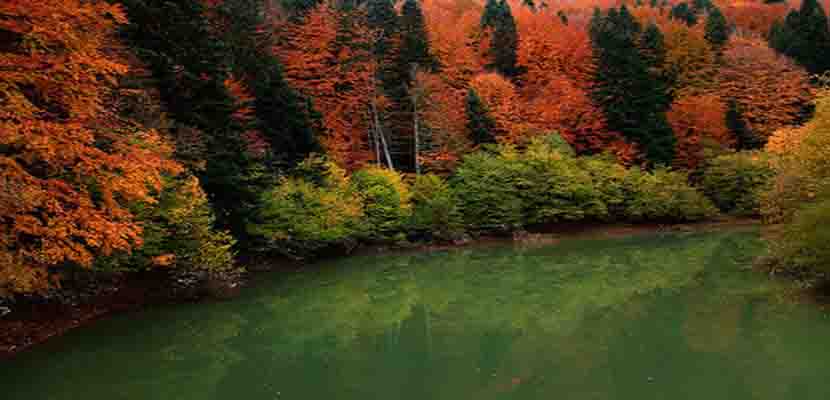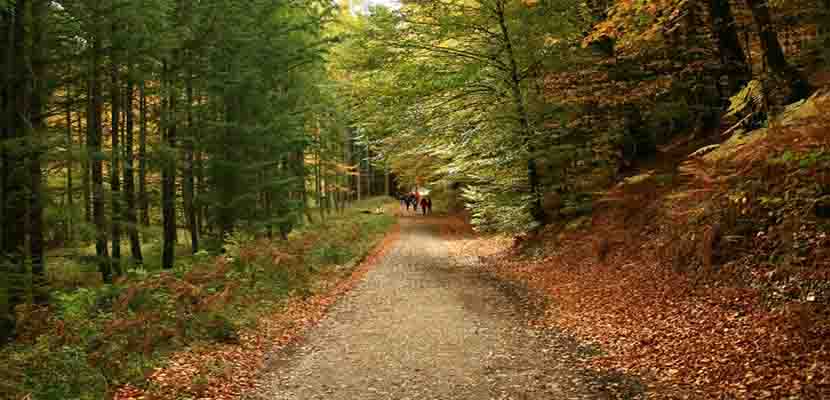
Image | Lugarnia
In the north of Spain you will find one of the most beautiful places in Spain. You don't have to travel to the German Black Forest to enter a forest of beech and fir trees with sturdy trunks and lush canopies. Just over an hour from Pamplona by car is the Selva de Irati, one of the most renowned nature reserves in the old continent. Those who have visited it say of it, without a doubt, that it is a magical place.
Knowing the Irati Forest
The Irati Forest forms an immense green patch of about 17.000 hectares that remains practically intact over time and human action. Gone is the logging that occurred in past centuries, where large areas of forest were cut down to build the ships that fought against England. The Irati River was used at that time as a river road to transport the logs to the Sangüesa sawmills.
The natural regeneration of the forest was accompanied by the high rate of natural rainfall that is experienced in the area and which shows the formidable state of conservation in which it is found and the balance of each ecosystem. That is why the Irati Forest is a territory of singular profusion of life, both plant and animal.

Image | Uolala
The high rate of rainfall in this area causes the landscape to be full of torrents and streams that dot its intricate relief. Among them, the Urtxuria and Urbeltza stand out, which join at the foot of the Virgen de las Nieves hermitage to form the Irati river.
A spectacular wonder of nature that is located in the eastern Pyrenees of Navarre, in a basin surrounded by mountains in front of the Aezkoa and Salazar valleys. An immense and extraordinary place to enjoy the environment in all its splendor.
The vegetation of the Irati Forest
The 17.000 hectares of the Irati Forest are made up of two essential species: firs and beech, either mixed together or separately. However, hazelnuts, hairy oaks, yews, linden trees, maples, holly and serval can also be found.
At present beech, fir and other species coexist with ferns, mosses, lichens ... the chromatic variety reaches its peak with the arrival of autumn, when the green gives way to the warm browns, reds and yellows of the leaves of the trees .

Image | Salt & Rock
The fauna in the Irati Forest
The glistening grasslands of the highlands and the dense forests of the Selva de Irati serve as habitat and refuge for numerous populations of wild animals such as foxes, wild boars, robins, finches, white-backed, wren, martens, trout, and deer. The latter are the protagonists of autumn since it is the season of heat and the bellowing, with which they try to conquer the females, reverberates throughout the forest.
The Irati Forest reserves
In the Selva de Irati, there are three nature reserves that protect the most precious areas of the environment. Very close to the border with France, in the Aezkoa valley, the Mendilatz reserve is located, which thanks to its difficult access has achieved an optimal conservation of the enclave as it is not exposed to logging.
Another of the reserves settled in the Selva de Irati is that of Tristuibartea, on the northern slope of Mount Petxuberro also in the Aezkoa valley. Here is a dense forest of hairy oaks.
The third of the natural reserves of the Selva de Irati is located on Mount La Cuestion on an area of 64 hectares, which receives the name of Lizardoia because it occupies the north slope of the homonymous mount. It is considered the site of greatest interest in the Irati Forest due to the structure of the forest. The few access roads and its isolation have made it the longest-lived beech forest in the entire Iberian Peninsula, with specimens of extraordinary size.

Image | Navarra Tourism
How to get to the Irati Forest?
To enter the Irati Forest we have two main accesses: Ochagavía, the eastern access where the nature interpretation center is located and where visitors are informed of all the routes, and Orbaizeta, the western side.
In the Casas de Irati, next to the hermitage of the Virgen de las Nieves, there is another information center and various restaurant services are also offered. And in Arrazola there is also another near the Orbaizeta arms factory, declared a Site of Cultural Interest in 2007 for being a treasure of XNUMXth century architecture.
When to visit the Irati Forest?
Any time is perfect to get into nature and be captivated by that wonderful immensity that it transmits. However, visiting the Irati Forest during autumn has a special and unique charm due to the explosion of colors reflected in the vegetation. A wonderful image that will remain etched in the retina forever. The visit can be done on your own or by hiring the services of one of the companies in the area.